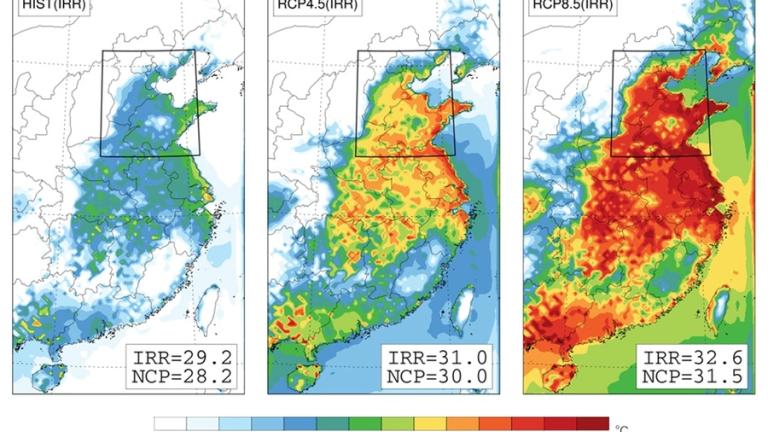
On first glance, it could be a tall order for Turkey to fulfill its Paris Agreement pledge, which targets a reduction in the nation’s greenhouse gas (GHG) emissions by 21 percent below business-as-usual levels by 2030. Fossil fuels comprise nearly all of Turkey’s energy mix, and low-carbon options have not yet gained traction. Wind and solar accounts for about 5 percent of energy generation and nuclear power plants are only in the planning stages.
That means meeting Turkey’s Paris commitment will require a dramatic shift to low-carbon energy sources, but how much of a toll might such a transition take on the nation’s economy?
To address this question systematically, a team of researchers at the MIT Joint Program on the Science and Policy of Global Change developed a computational general equilibrium (CGE) model of the Turkish economy, TR-EDGE. Unlike similar CGE models, TR-EDGE includes a detailed representation of the energy-intensive electricity sector. The team’s analysis appears in the journal Energy Policy.
“When the role of the power sector in decarbonizing an economy is taken into account, the TR-EDGE model enables researchers to more precisely estimate the economic impact of different climate policies in Turkey by capturing important characteristics of separate generation technologies and the intermittent nature of renewable power,” says Bora Kat, lead author of the study and a former Fulbright Visiting Scholar at the Joint Program who now serves on the Scientific and Technological Research Council of Turkey.
Using the model, Kat and his collaborators — Joint Program Deputy Director Sergey Paltsev and Research Scientist Mei Yuan analyzed four different scenarios: business-as-usual (BAU), which incorporates the government’s current plans for a nuclear program and tariff-funded renewables initiative; no-nuclear (NoN), which assumes no nuclear program; and the combination of each of those two scenarios with a national emissions trading policy.
The results show that a national emissions trading market would at once incent GHG emissions reductions and mitigate negative impacts on economic growth. Absent an emissions trading policy, fossil fuels — oil, natural gas, and coal — continue to comprise nearly all of Turkey’s primary energy mix in 2030. Implementing an emissions trading policy eliminates carbon-intensive coal-fired power generation by 2030 in both BAU and NoN scenarios. Keeping a nuclear program reduces GHG emissions by about 3 percent more than scrapping it (NoN), while lowering the price of carbon from $70 per metric ton of carbon dioxide to $50.
Based on these results, fulfilling Turkey’s Paris pledge would cost the economy about 0.8 (with nuclear) to 1.1 percent of its GDP by 2030.
“The results show that the targets that Turkey envisioned for the Paris Agreement are reachable at a modest economic cost,” says Kat. “However, our estimates do not account for economic co-benefits of GHG emission reductions or the risks associated with nuclear power plants. Further research may include incorporating such factors in a more detailed analysis.”
The study’s approach of modeling the electric power sector in detail could be applied in assessing the likely national economic impact of other countries’ Paris climate commitments.
“At the Joint Program we have developed a global energy-economic modeling expertise that is extremely informative for understanding long-term energy and emission trends,” says co-author Sergey Paltsev. “Our new focus on using the lessons learned from our global modeling to create detailed country-specific models is equally important for helping decision-makers to design efficient policies for emissions mitigation.”
“We are especially happy when we can help to train local experts, as in the case of Turkey, who return to their home institutions and increase their country’s capabilities to perform their own world-class economic analysis,” Paltsev says.
The research was made possible by funding from the Turkish Fulbright Commission (Visiting Scholar Program) and the Joint Program’s consortium of sponsors.





